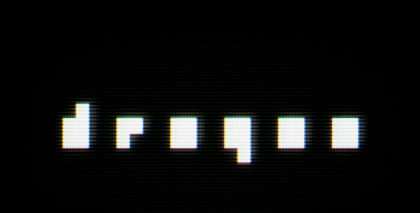huit regarding the above:
Quotewhen you mention that big commitment mindset, I totally agree that you don't need to resist it, I just meant that that mindset might play a role in the insurmountability you feel confronted with heaps, but other people don't feel overwhelmed because they don't feel pressured by commitment, but you can relieve yourself of the insurmountability without resisting the commitment, and I think it's good to have that commitment,"
